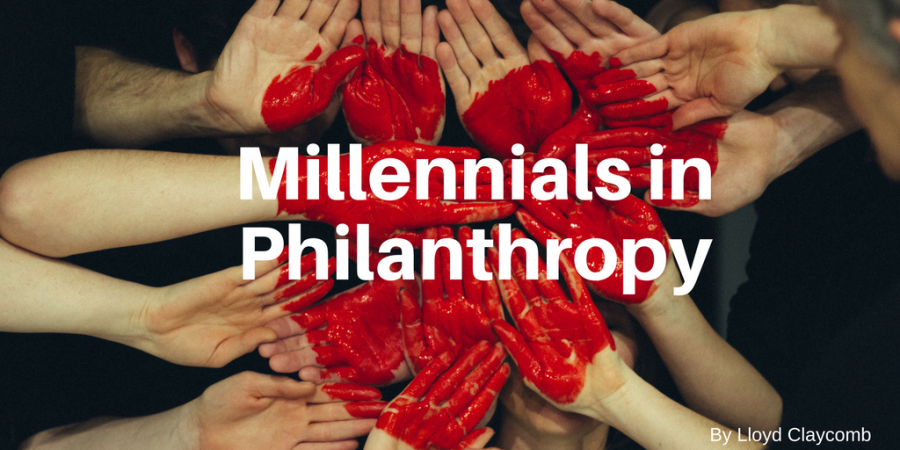Fundraising is not easy task. It takes meticulous planning, the right event, a group of generous donors, and the will power to bring it all together. Not all fundraisers are a success. Some end up being a total wash after they pay back rent for event space and entertainment. In order to have a successful fundraiser and raise as much funding as possible, there are a few things to keep in mind.
Mission
The best approach to a successful fundraiser is having a cause you’re extremely passionate about. Your passion and excitement will be infectious to donors and volunteers alike. This type of excitement cannot be faked either. Additionally, the more you care about the cause, the harder you’ll work.
Budget
Set a reasonable budget and stick to it. Going over budget only cuts into the money that gets donated at the end of the day. If you’re especially frugal, you may even be able to come in under budget. No matter what, plan ahead and cut out any and all unnecessary costs. The more money you can donate at the end of the day the better.
Multiple ways to give
Make sure your fundraiser has multiple ways to give. Ticket sales to attend the event are great, but some donors will spend more money if they can, so give them a way to do so! Things like raffles and silent auctions are fantastic ways to bring in more money. They also make it fun for those attending the event, so it’s a no brainer!
Leadership
Successful fundraising is not a one person operation. It is going to take a whole crew of people to make a large impact. With that in mind, make sure you have yourself a solid leadership team. The fundraiser will only go as well as the leadership behind it can provide. Assemble a team of equally enthusiastic, hardworking individuals. Trying to take it on alone will be overwhelming and hinder the outcome, so make sure you grab yourself the best team you can find!


